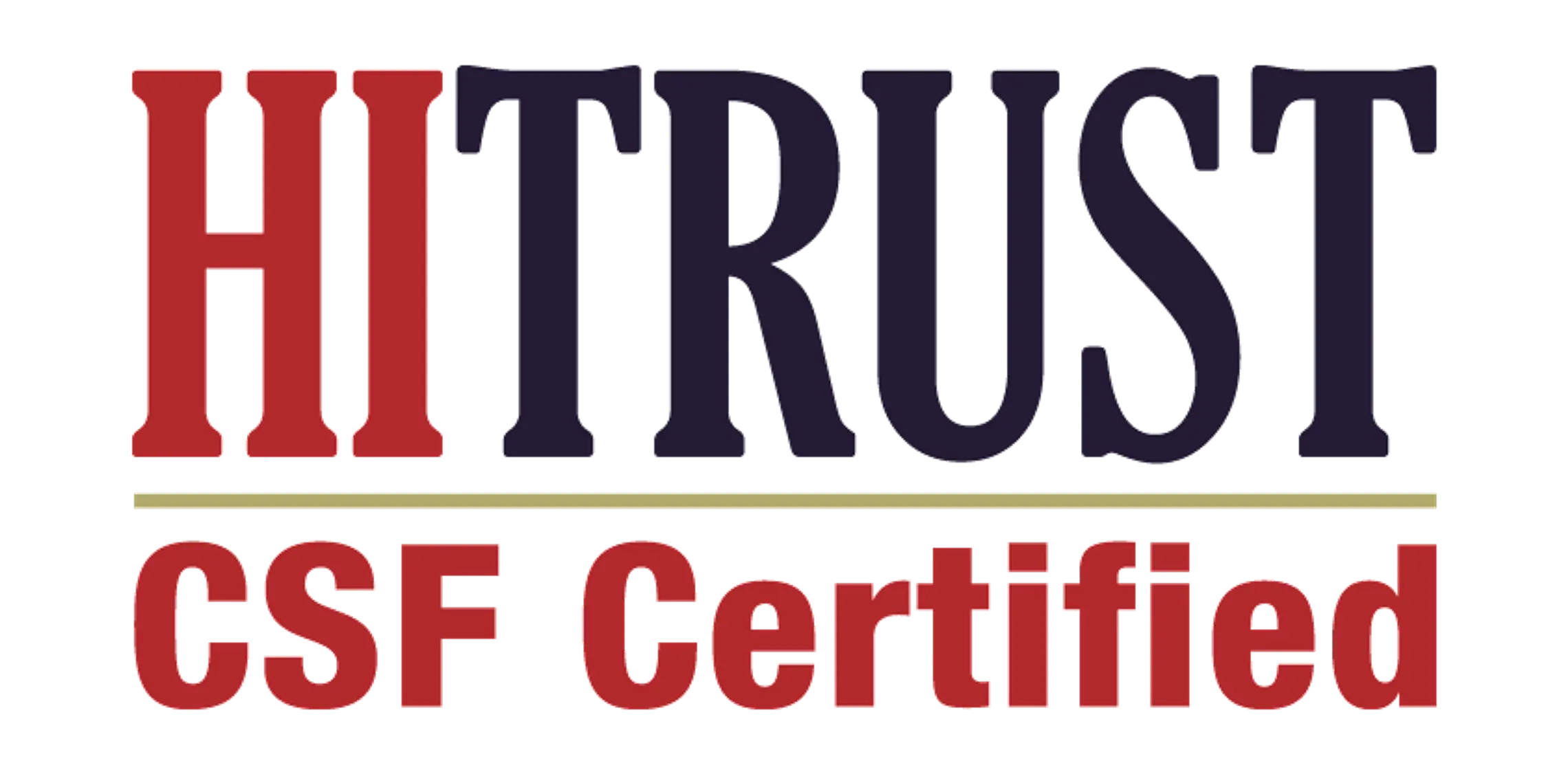Maximizing Reimbursements and Avoiding Revenue Loss in Healthcare

The healthcare industry has always shown rapid growth. Because of the rapidly changing lifestyle in cities, the prevalence of chronic diseases in the urban population is higher than ever. It has created a significant burden on healthcare organizations. Along with the increasing health burden, healthcare organizations face the high cost of skilled labor and a lack of medical supplies. In such situations, low reimbursements and loss of revenue because of denied claims are two of the biggest challenges for the industry. Healthcare providers can quickly address these challenges with the help of a dedicated team or by outsourcing their medical billing.
VLMS Healthcare assists you in finding the loopholes in your medical billing causing the revenue leak. Through our team of experts, we help you to streamline your medical billing for maximum efficiency. We also help you manage the denied claims and pending payments effectively so you can get reimbursed for your services quicker.
Reevaluate your charge sheet
Understanding your healthcare organization's strengths can solve most revenue leakage problems. Understand which services in your healthcare organization get used the most, which are responsible for over 70% of your revenue. Performing medical coding audits can help in identifying the commonly used services. Medical codes used the most can help identify such services and their rate of reimbursements. Based on this, you can reevaluate your charge sheet for having maximum revenue.
Negotiating with the insurance payors
Private insurance companies are more likely to accept negotiation requests than public insurance payers. Luckily, around 67% of the US population having health insurance use private service providers. For such patients, you can negotiate reimbursement rates with their insurance payors. Understanding the EOB statements of leading private insurance payers can allow you to know the negotiation limits. Effective negotiation with the payor can offer you the competitive advantage you need along with maximum reimbursement.
Analyzing the reimbursement rates
The difference between private and public insurance reimbursement rates denotes how much the private players are willing to offer. As per the above-discussed points, once you have the data for your commonly used codes and the reimbursement rates for those codes, you can analyze the data for better negotiation.
Public insurance payors generally have the lowest reimbursement rates. Hence, you can use these reimbursement rates and average reimbursements the competitors are getting paid to reevaluate your contract with the private insurance payors.
Although these few alterations can significantly boost the revenue cycle, many healthcare providers find it challenging. Many healthcare professionals lack the time or skills to negotiate and understand revenue cycle management. Even for a skilled healthcare professional, it isn't easy to effectively manage the to-and-forth process of negotiating reimbursement rates. It often results in failed negotiation, which sets you back for another financial year. Hence, it is always ideal to outsource medical billing.
VLMS Healthcare, with the help of a skilled and proactive team, provides you with complete assistance in handling such negotiations. We take care of everything needed to negotiate your contract with the insurance payor, automating the process for you. If you look forward to evaluating your revenue cycle and getting the maximum reimbursement for your services, feel free to reach out to us.






